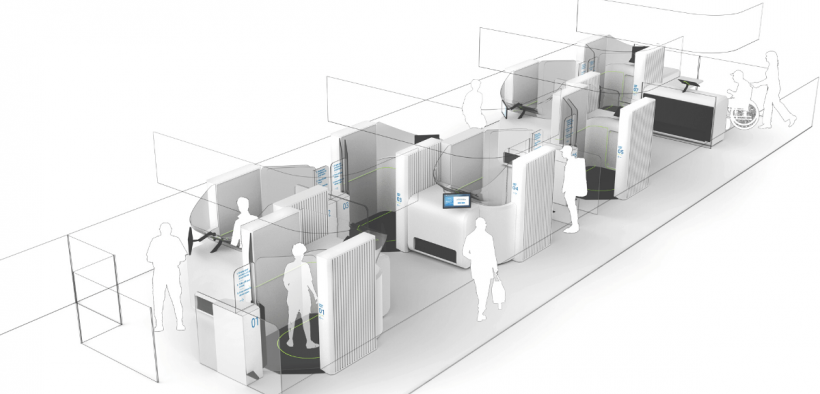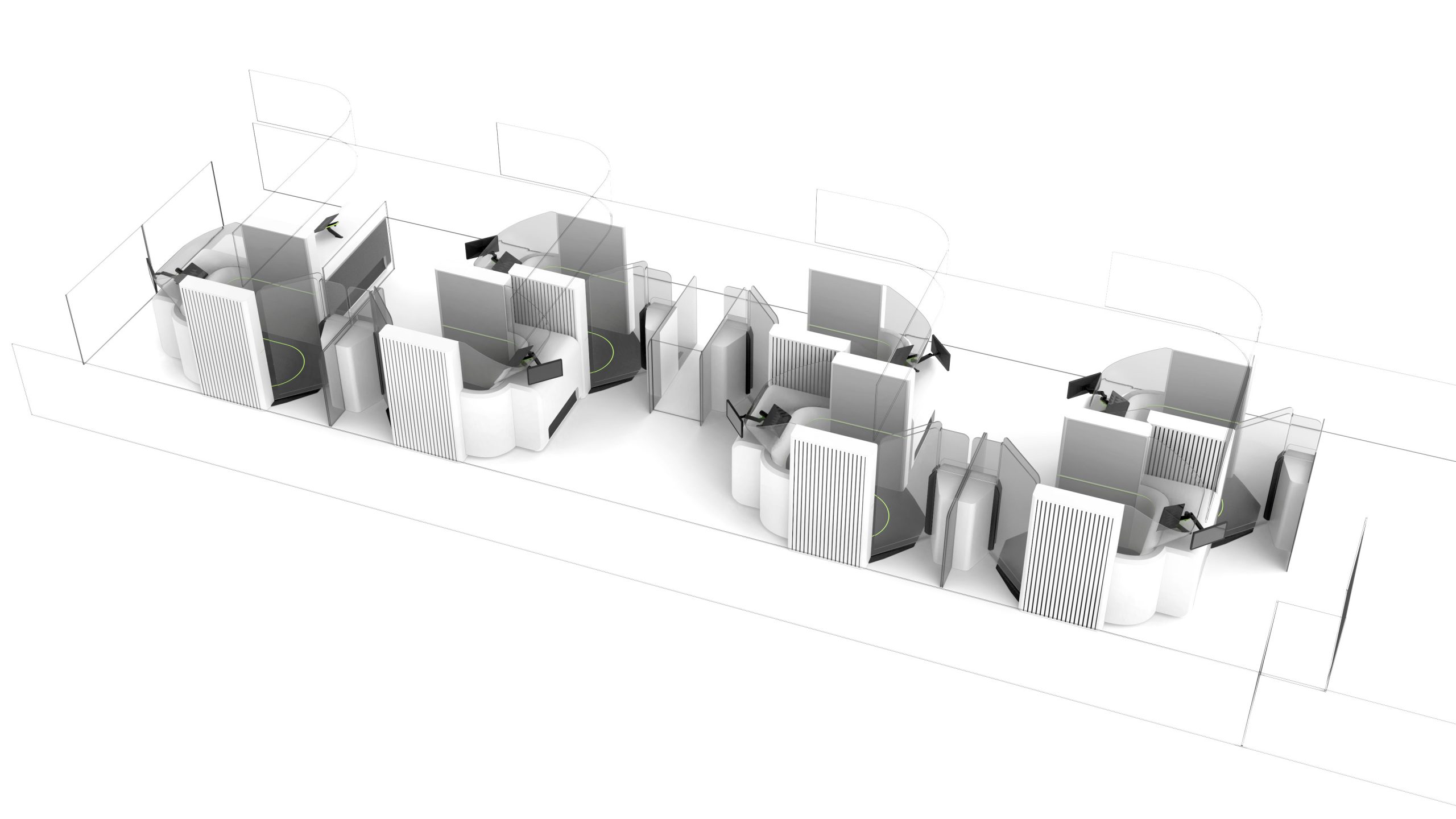Monash Uni and tech company Micro-X create new airport checkpoint
Share

Monash University is collaborating with Australian tech company Micro-X in streamlining and improving crucial airport security checkpoint processes and increasing aviation passenger safety.
Micro-X was recently awarded a contract by the US Department of Homeland Security (DHS) Science and Technology Directorate (S&T) to create and test a compact self-screening concept which streamlines the security processing into a single step.
The integrated system, which was created alongside Monash University’s Design Health Collab, allows the scanning of passengers and their possessions to be conducted simultaneously while meeting the strict safeguards of travel security.
Micro-X’s project also utilises a much smaller CT scanning system than those currently used in airports. This new digital technology allows more checkpoints to operate, reducing queues and frustrating bottlenecks.
Monash lead design researcher Dr Nyein Chan Aung said the implementation of the new imaging technologies could transform the airport security experience for both travellers and staff.
“This new system design reconsiders every element to serve the user, including the industrial design, floor plan layout, lighting, ergonomics, materials and user interfaces,” he said.
“The checkpoint aims to maintain effective security while improving the throughput and passenger and operator experience.”
The new design also offers a ‘pre-warning’ prompt that will alert passengers of forgotten objects in their pockets.
Dr Aung says the Monash Design Health Collab team is working to connect technology and the passengers’ experience, which is vital to the design’s success in the “real world.”
“Undertaking a user-centred design approach is critical to the success of new technologies and ensuring that the workflows allow for optimal system performance while maintaining ease-of-use, convenience and dignity for passengers from all walks of life,” he said.
Dr Brian Gonzales, Chief Scientist of Micro-X and the CEO of the company’s US subsidiary, agrees. He says world-class scanning technology needs to be combined with great design to be effective.
“The interface between the checkpoint system and the person is what makes the technology work for humans,” he said.
“People need to have a good experience and the design needs to consider people’s wellbeing, movement and flow.”
Eliza is a content producer and editor at Public Spectrum. She is an experienced writer on topics related to the government and to the public, as well as stories that uplift and improve the community.



Today’s Pick
11th Annual Aus Goverment Data Summit
April 1, 2025
7th Annual NZ Government Data Summit
May 7, 2025
3rd Public Sector Comms Week
May 14, 2025
Subscribe
We send emails,
but we do not spam
Join our mailing list to be on the front lines of healthcare , get exclusive content, and promos.
AI appointment Australia Australian boost boosts business businesses covid-19 cyber attack cybersecurity cyber security data data breach data management defence Digital employment enhance enhances fraud funding governance government grants Healthcare infrastructure Innovation Lockdown management new zealand NSW NZ online privacy public Public Sector queensland renewable energy scams security Social Media Technology telecommunications victoria
-

Understanding and building your digital strategy
Digital Government, Opinion
-

Featured Leader: Jamie Morse on multi-channel strategies for communication
Communications, Featured Leader
-

Featured Leader: Tegan Tembe of NSW Treasury on creating solid planning strategies and processes
Featured Leader
-

Wirraka Maya Health Service improves patient care with My Health Record
Learning
Show More-

Effects of ineffective communication in the workplace
Communications, Personal Development
-

7 ways you can enhance your personal development skills
News, Personal Development
-

5 advantages of working in the public sector
News, Personal Development, Professional Development
-

7 causes of communication issues in the workplace
Communications, News, Personal Development
Show MoreLast Viewed